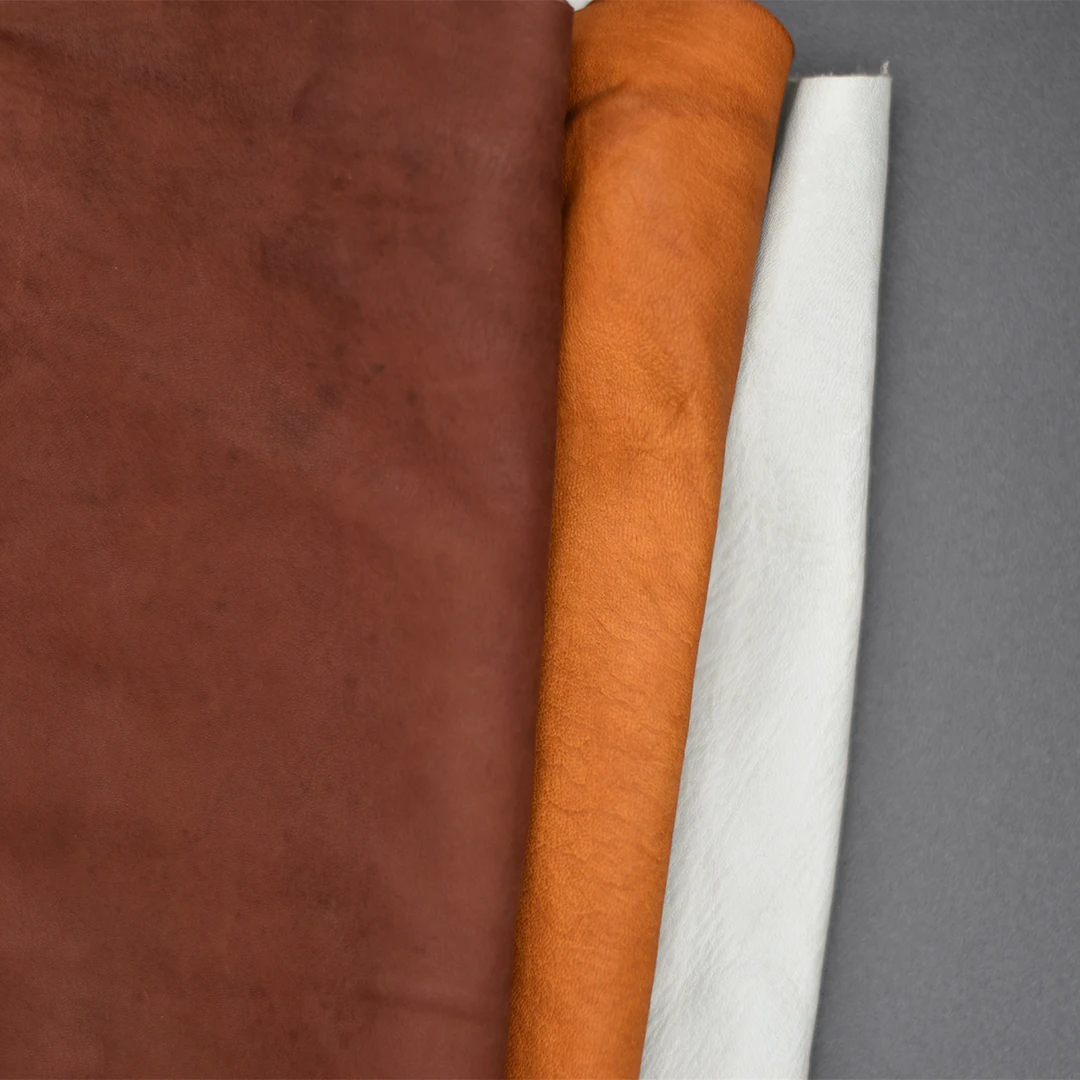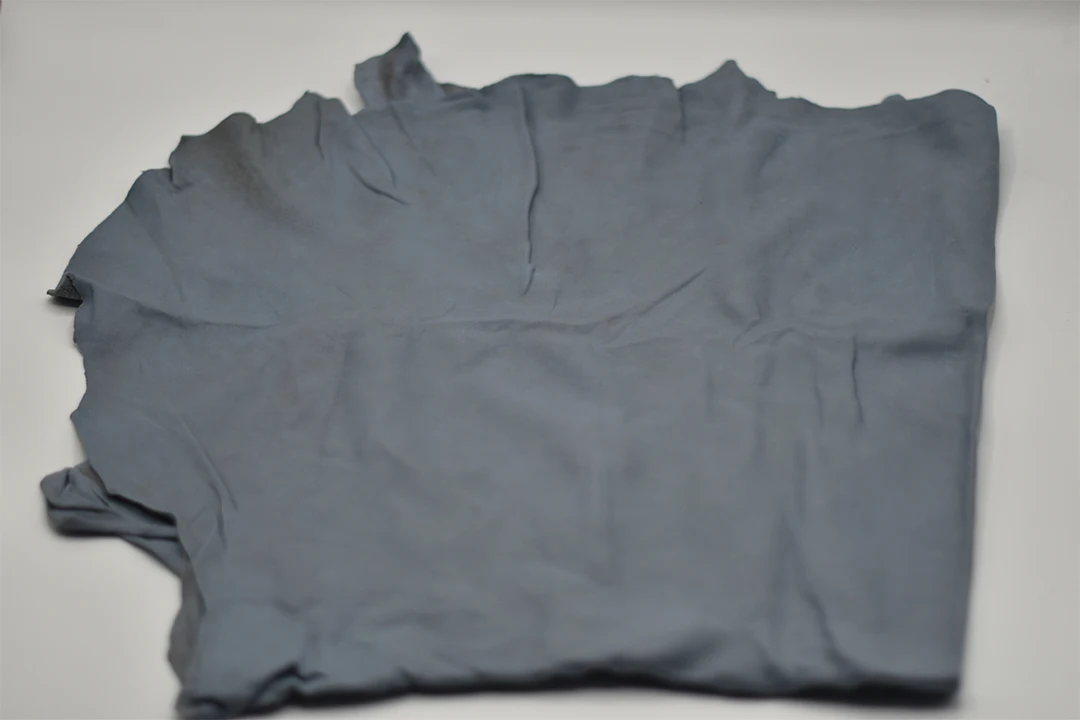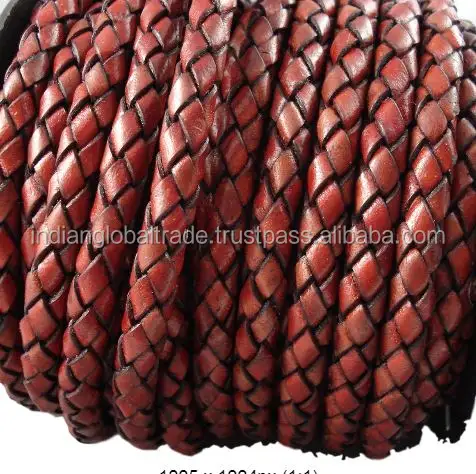Высококачественная суданская влажная синяя кожа мокрое синее Сплит овечье шкуры
- Категория: Sheep Skin >>>
- Поставщик: RIKAZ,TRADING,FZE
Поделиться:
Описание и отзывы
Трекер стоимости
| Месяц | Минимальная цена | Макс. стоимость |
|---|---|---|
| Sep-16-2025 | 0.95 $* | 0.47 $* |
| Aug-16-2025 | 0.60 $* | 0.51 $* |
| Jul-16-2025 | 0.30 $* | 0.55 $* |
| Jun-16-2025 | 0.97 $* | 0.39 $* |
| May-16-2025 | 0.26 $* | 0.43 $* |
| Apr-16-2025 | 0.5 $* | 0.81 $* |
| Mar-16-2025 | 0.75 $* | 0.44 $* |
| Feb-16-2025 | 0.34 $* | 0.94 $* |
| Jan-16-2025 | 0.2 $* | 0.88 $* |
Характеристики
Product Description
Specification
item | value |
Place of Origin | Sudan |
Brand Name | rikaz for advanced business |
Model Number | Hibiscus flower |
Product name | Hibiscus |
Color | Red |
Origin | sudan |
Grade | Premium |
Sample: | free |
Features | 100% natural |
Package | Packing in plastic bags 22KG per bag or upon customer request. |
Packing & Delivery
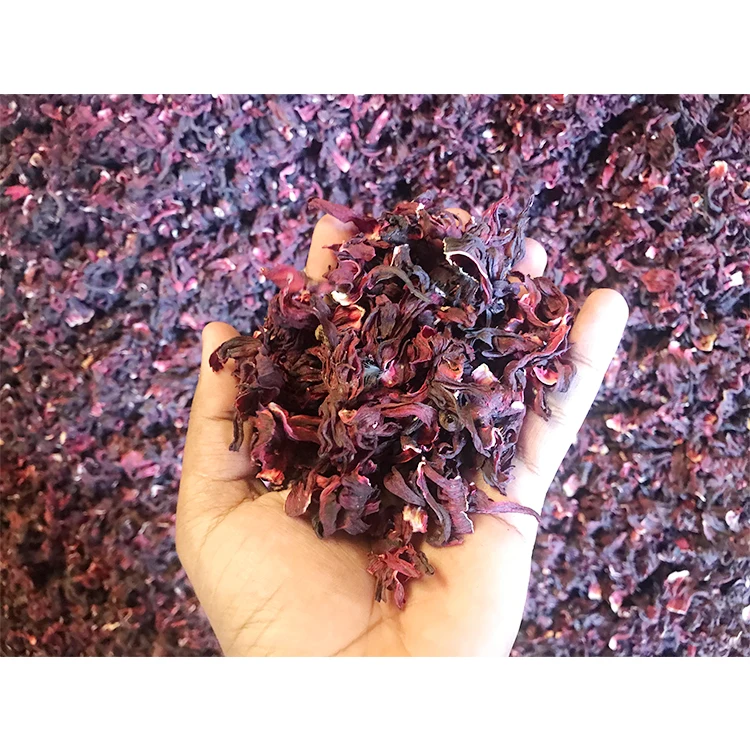

Packing in plastic bags 22KG per bag or upon customer request.
Hibiscus
Hibiscus is a shrubby plant that reaches a height of about two meters and has red stems
The part used is the sepals that surround the flower
These are dried after being either dark red or light and the scientific name:
Hibiscus sabdarriffa L, English name: Roselle
Hibiscus natural flower from the herbal family (Sabdariva)
And its components: Vitamin S 50 - 100 mm in the 100 mm protein 5% maximum, nitrates 41% as a maximum Ash and salts 7% as a
minimum, impurities 2% as a maximum Sugars 1.5 mm in the 100 mm bark 12% carbohydrate 15% total acids 25 -30%, maximum humidity is
15%, and the natural color is bright red _ bright red.
Hibiscus sorbate contains glucosides in addition to coloring materials, calcium oxalate and vitamin C oxalate salts, and hibiscus
color in a dark red color in the acidic medium due to the presence of betasianin compounds as well as gelatinous substances.
Hibiscus contains: 15-30% vegetable acids (citric acid - malic acid - tartaric acid - lactone). It also includes chemical
components which are anthocyanin, and quercetin)
The most important characteristic of the Sudanese hibiscus is that it is produced organically, as there is no use of chemicals,
and it is one of the medicinal plants that are used in the treatment of many diseases and is considered one of the aromatic and
food plants.
It is used in pharmaceutical, cosmetic, candy and soap factories, as it began to use the colored materials extracted from the
hibiscus flower in its products as a natural dye for medicines, food and cosmetics.
Hibiscus is a shrubby plant that reaches a height of about two meters and has red stems
The part used is the sepals that surround the flower
These are dried after being either dark red or light and the scientific name:
Hibiscus sabdarriffa L, English name: Roselle
Hibiscus natural flower from the herbal family (Sabdariva)
And its components: Vitamin S 50 - 100 mm in the 100 mm protein 5% maximum, nitrates 41% as a maximum Ash and salts 7% as a
minimum, impurities 2% as a maximum Sugars 1.5 mm in the 100 mm bark 12% carbohydrate 15% total acids 25 -30%, maximum humidity is
15%, and the natural color is bright red _ bright red.
Hibiscus sorbate contains glucosides in addition to coloring materials, calcium oxalate and vitamin C oxalate salts, and hibiscus
color in a dark red color in the acidic medium due to the presence of betasianin compounds as well as gelatinous substances.
Hibiscus contains: 15-30% vegetable acids (citric acid - malic acid - tartaric acid - lactone). It also includes chemical
components which are anthocyanin, and quercetin)
The most important characteristic of the Sudanese hibiscus is that it is produced organically, as there is no use of chemicals,
and it is one of the medicinal plants that are used in the treatment of many diseases and is considered one of the aromatic and
food plants.
It is used in pharmaceutical, cosmetic, candy and soap factories, as it began to use the colored materials extracted from the
hibiscus flower in its products as a natural dye for medicines, food and cosmetics.
Types
Grade 1: Hibiscus flower .
This is pure hibiscus without crack.
Origin: Sudan.
This is pure hibiscus without crack.
Origin: Sudan.
price : 1300
Grade 2: Hibiscus Saften
This is hibiscus flowers which are cracked.
Origin: Sudan.
This is hibiscus flowers which are cracked.
Origin: Sudan.
price : 1050







Grade 1
* Hibiscus Rosa ( Flower)
With the assistance of our deft team of professionals, we are able to introduce a broad array of Hibiscus Dried Flowers. No
preservatives or chemicals are used during the process. Users of can avail various benefits from the offered flowers. The dried
Hibiscus Powder can be used in various healthcare and personal care product formulations. It can also be used to make tea blends .
With the assistance of our deft team of professionals, we are able to introduce a broad array of Hibiscus Dried Flowers. No
preservatives or chemicals are used during the process. Users of can avail various benefits from the offered flowers. The dried
Hibiscus Powder can be used in various healthcare and personal care product formulations. It can also be used to make tea blends .
This is pure hibiscus without crack.
price : 1300

Grdae 2 .
hibiscus saften
With the assistance of our deft team of professionals, we are able to introduce a broad array of Hibiscus Dried Flowers. Nopreservatives or chemicals are used during the process. Users of can avail various benefits from the offered flowers. The dried
Hibiscus Powder can be used in various healthcare and personal care product formulations. It can also be used to make tea blends .
This is hibiscus flowers which are cracked
price: 1050
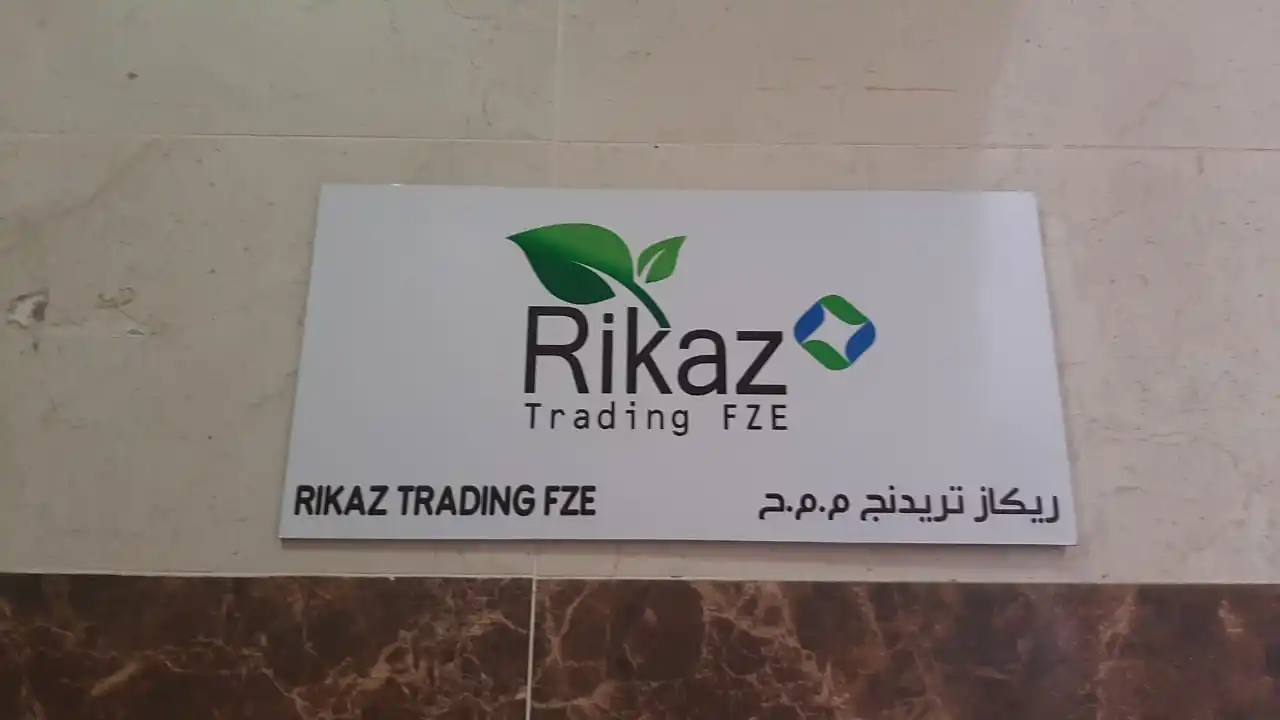
our company
Rikaz For Advanced Business registered company stablished in 2012 to serve industrial and agricultural sectors in Sudan and UAE(sister company )
We started business first as a contractor dealing in industrial products including Oil&Gas,chemicals,lab equipment and water treatment
facilities.
Our mission is that we believe our suppliers and customers are our partners and we make all of our effort to meet their
requirements and demands.
Our vision is to improve industrial and agricultural sector in Sudan.
facilities.
Our mission is that we believe our suppliers and customers are our partners and we make all of our effort to meet their
requirements and demands.
Our vision is to improve industrial and agricultural sector in Sudan.
Похожие товары
Оптовая продажа пластин из козьей и овечьей шерсти
US $15.00-$25.00
Влажная соленая козья кожа
US $2.00-$5.00
